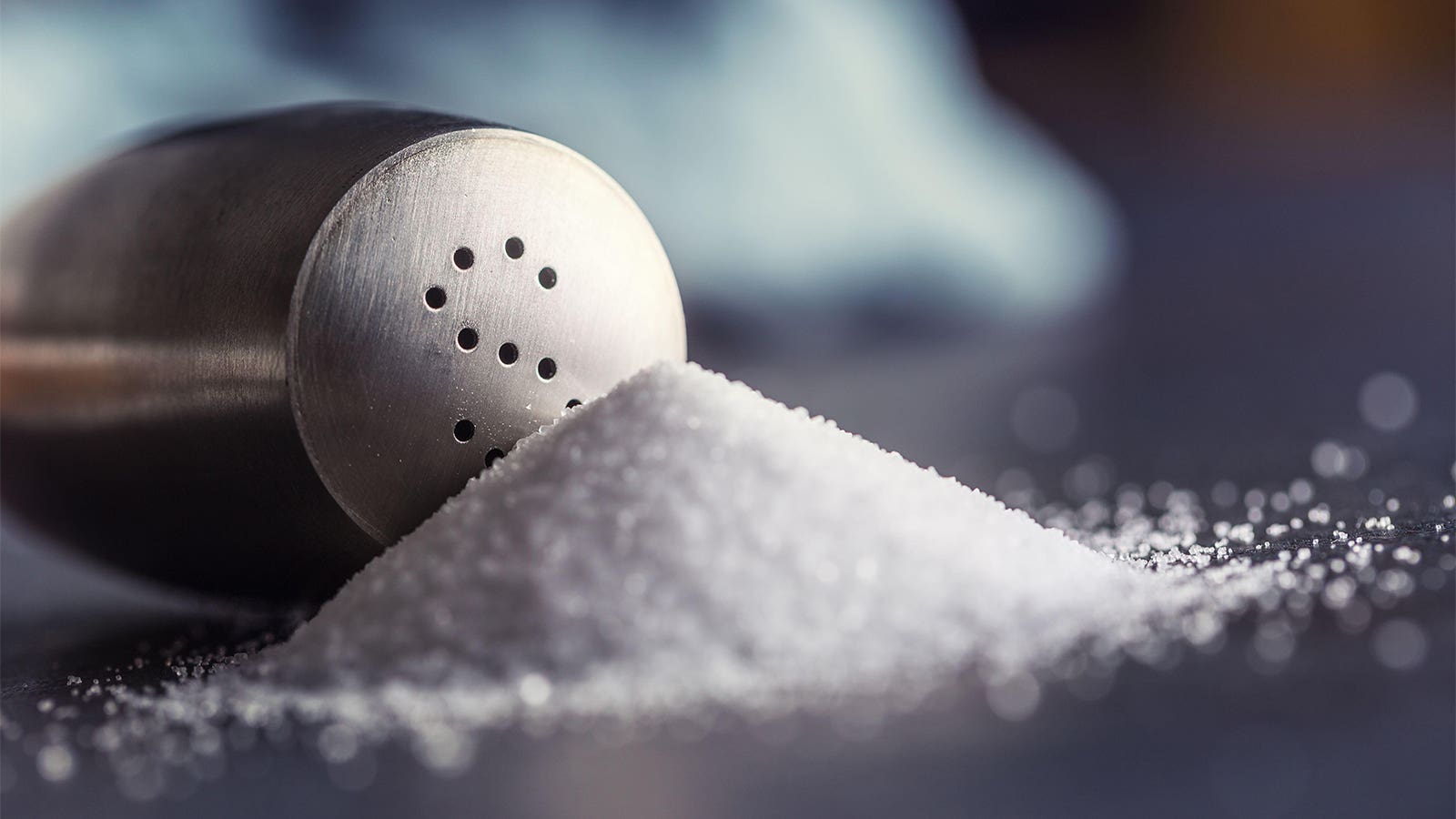— Higher CKD risk observed among people who added salt to their food
by
Kristen Monaco, Senior Staff Writer, MedPage Today
December 29, 2023
Adding salt to food, even just sometimes, was significantly associated with a higher risk for chronic kidney disease (CKD), a large prospective cohort study showed.
In U.K. Biobank participants, those who said they always added extra salt to their food had an 11% higher risk for developing CKD compared with those who never or only rarely added salt (adjusted hazard ratio [aHR] 1.11, 95% CI 1.05-1.18), found Lu Qi, MD, PhD, of the School of Public Health and Tropical Medicine at Tulane University in New Orleans, and colleagues.
Even just occasionally adding salt appeared to up the CKD risk, albeit modestly, the group reported in JAMA Network Open. Those who usually or sometimes added salt had a 7% (aHR 1.07, 95% CI 1.02-1.11) and 4% (aHR 1.04, 95% CI 1.00-1.07) higher CKD risk, respectively.
This model was adjusted for sex, age, race and ethnicity, body mass index (BMI), Townsend Deprivation Index, smoking, drinking, regular physical activity, high cholesterol, cardiovascular diseases, and diabetes at baseline.
“Our findings suggest a potential behavioral intervention in preventing chronic kidney disease, through reduction of such an unhealthy behavior,” Qi told MedPage Today. This association did not take into account salt used in cooking — only extra salt added by the person. Therefore, clinicians can advise patients to simply keep the salt shaker off the table.
“High sodium intake is a major risk factor for chronic kidney disease,” he added. “In our previous studies, we have found that adding salt to foods at the table is related to various disorders including cardiovascular diseases, diabetes, and mortality.”
There are “several biological mechanisms” behind this link, the researchers pointed out. “High sodium intake is associated with aldosterone activation, extracellular fluid volume, renin-angiotensin-aldosterone system disturbances, failure of normal autoregulation of the peripheral vasculature, increased oxidative stress, proinflammatory cytokines, intrarenal angiotensin II, as well as increased arterial stiffness and/or endothelial dysfunction, all of which are associated with CKD.”
For this prospective cohort study, the researchers pulled data from the U.K. Biobank on adults ages 37 to 73 without CKD at baseline. This included 465,288 individuals (average age 56 years), 55% of whom were women. Because most of the individuals in the U.K. Biobank are of European descent, Qi’s group said the findings may not apply to other populations. Over the median 11.8 years of follow-up, there were 22,031 new CKD events reported in the cohort.
Incident CKD was identified via ICD-10 codes. Salt intake was self-reported via a questionnaire where individuals were asked if they added salt to food on a 5-point scale: never/rarely, sometimes, usually, always, or prefer not to answer.
“Even though the frequency of adding salt to foods is not a source of quantitative data on overall sodium intake, the graded association of the frequency of adding salt to foods with levels of concentration of estimated 24-hour sodium excretion represents a person’s long-term preference for salt taste, and it is less likely to be impacted by the daily variations in sodium intake,” the researchers wrote. However, a self-reported measure may still be biased or unreliable.
Those who added salt to their food were more likely to be female, Asian, Black, and current smokers; to have a higher BMI or Townsend Deprivation Index; and to have decreased baseline estimated glomerular filtration rate (eGFR). They were less likely to be current drinkers or engage in regular physical exercise; to have a lower diet score; and to have a higher prevalence of diabetes or cardiovascular disease at baseline.
Even after adjusting for eGFR, higher self-reported frequency of adding salt to foods was still linked with a higher risk for CKD, though the magnitude was slightly attenuated:
- Always: aHR 1.09 (95% CI 1.03-1.16)
- Usually: aHR 1.05 (95% CI 1.01-1.10)
- Sometimes: aHR 1.02 (95% CI 0.98-1.05)
When stratified by baseline eGFR, those who always added salt and had an eGFR of 90 or higher had the highest increased risk of developing CKD (aHR 1.14, 95% CI 1.04-1.26).
-
![author['full_name']](https://clf1.medpagetoday.com/media/images/author/kristenMonaco_188.jpg)
Kristen Monaco is a senior staff writer, focusing on endocrinology, psychiatry, and nephrology news. Based out of the New York City office, she’s worked at the company since 2015.
Disclosures
The study was supported by grants from the National Heart, Lung, and Blood Institute and the National Institute of Diabetes and Digestive and Kidney Diseases.
Qi and co-authors reported no disclosures.
Primary Source
JAMA Network Open
Source Reference: Tang R, et al “Self-reported frequency of adding salt to food and risk of incident chronic kidney disease” JAMA Netw Open 2023; DOI: 10.1001/jamanetworkopen.2023.49930.

Leave a Reply